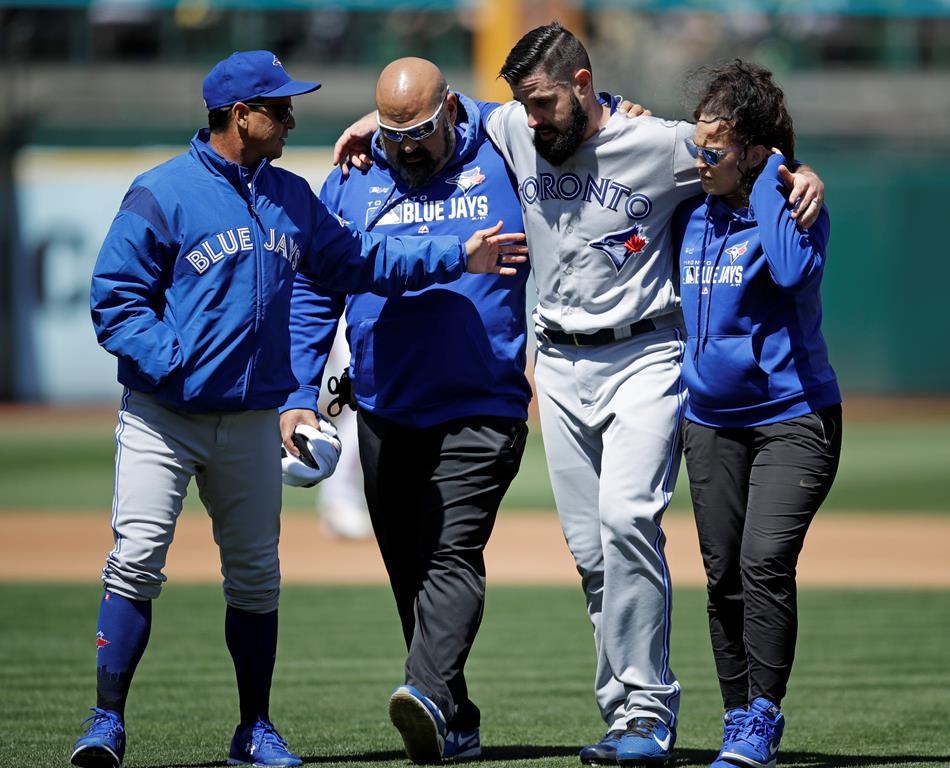A new study from London-based researchers found young athletes who require anterior cruciate ligament (ACL) reconstruction may benefit from an additional procedure.

After conducting the largest clinical trial of its kind, the Lawson Health Research Institute has found performing a lateral extra-articular tenodesis (LET) following an ACL reconstruction may reduce the risk of re-injury in athletes under the age of 25.
The ACL is ligament that helps control knee rotation. Potentially devastating for any athlete’s career, an ACL tear is most common in sports that involve sudden stops and changes in direction, such as soccer, football and basketball.
Treating a tear often involves ACL reconstruction, in which doctors will take a tissue graft from another part of the patient’s body, such as a hamstring tendon or a kneecap tendon, to rebuild the torn ligament.
Young athletes undergoing reconstruction face a 20 per cent risk of re-tear or graft failure, according to the Lawson Health Research Institute.
In the clinical trial, Lawson researchers employed the LET procedure, which involves creating a new ligament-like structure outside of the knee in order to provide further support on top of ACL reconstruction.

Get weekly health news
Led by Dr. Alan Getgood of the Fowler Kennedy Sports Medicine Clininc, the STABILITY trial pooled results from more than 600 participants from across Canada and Europe. All participants were under 25 and underwent ACL reconstruction using a hamstring graft.
Half of the participants received standard care, which involved reconstruction of the knee, while the other half received an additional LET procedure on top of the standard care.
Among those that received standard care, 11 per cent saw themselves re-injured. Meanwhile, only four per cent of the latter half were re-injured.
Getgood added that the addition of the LET procedure results in a 65 per cent relative risk reduction for graft failure.
“Our results suggest patients under the age of 25 should consider the LET procedure when they have decided on ACL reconstruction using a hamstring graft,” Getgood said.
Researchers say those that had the additional LET procedure also saw a slight increase in post-operative pain along with a slight decrease in muscle strength. However, these complications lasted only three months after the surgery. Both sets of participants saw no differences in these outcomes one to two years after surgery.
Getgood said there are more questions to be answered. The STABILITY trial will be followed up by the STABILITY 2 trial, which will look into the effects of a LET procedure while using kneecap tendon grafts and quadriceps tendon grafts.
“We hope to enable patients in getting back to the activities they love most,” Getgood said.
WATCH: Knee injuries most common in children









Comments